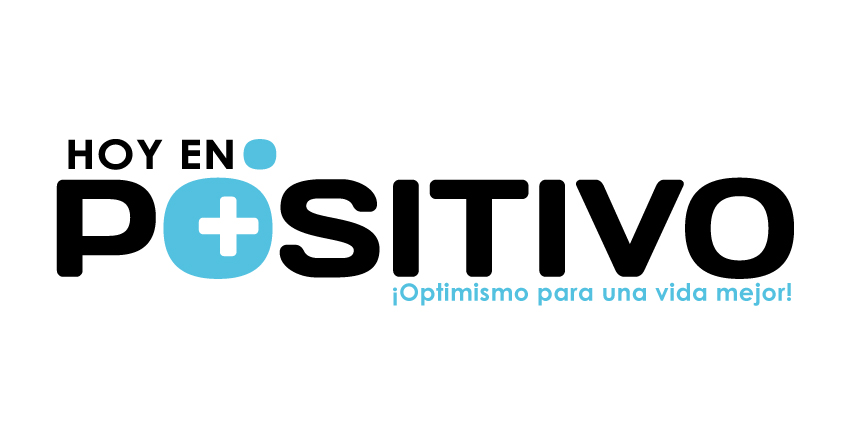PROBABILITY AND STATISTICS - SELF-PACED
Date: Monday, February 1, 2016
Course topic:
ABOUT PROBABILITY AND STATISTICS
This course is self-paced and is provided free of charge. There are no due dates, and students are welcome to work through as much or as little of the material as they wish. There is no instructor involved, and no credit, Statement of Accomplishment, or any type of verification or certification of completion is given. The course is simply here for people who want to learn more about Statistics.
THE CONTENT
The Probability and Statistics course contains four main units that have several sections within each unit.
Exploratory Data Analysis: This unit is organized into two sections – Examining Distributions and Examining Relationships. The general approach is to provide students with a framework that will help them choose the appropriate descriptive methods in various data analysis situations.
Producing Data: This unit is organized into two sections – Sampling and Designing Studies.
Probability: In this course the unit is a classical treatment of probability and includes basic probability principles, finding probability of events, conditional probability, discrete random variables (including the Binomial distribution) and continuous random variables (with emphasis on the normal distribution). The probability unit culminates in a discussion of sampling distributions that is grounded in simulation. For a streamlined version of probability that forgoes the classical treatment of probability in favor of an empirical approach using relative frequency, students may see the OLI Statistical Reasoning course.
Inference: This unit introduces students to the logic as well as the technical side of the main forms of inference: point estimation, interval estimation and hypothesis testing. The unit covers inferential methods for the population mean and population proportion, inferential methods for comparing the means of two groups and of more than two groups (ANOVA), the Chi-Square test for independence and linear regression. The unit reinforces the framework that the students were introduced to in the Exploratory Data Analysis for choosing the appropriate, in this case, inferential method in various data analysis scenarios.
Throughout the course there are many interactive elements. These include: simulations, “walk-throughs” that integrate voice and graphics to explain an example of a procedure or a difficult concept, and, most prominently, interactive activities in which students practice problem solving, with hints and immediate and targeted feedback.
The course is built around a series of carefully devised learning objectives that are independently assessed.
Note about Probability and Statistics vs. Statistical Reasoning: One of the main differences between the courses is the path through probability. Probability and Statistics includes the classical treatment of probability. Statistical Reasoning places less emphasis on probability than does the Probability and Statistics course and takes an empirical approach.
REQUIREMENTS
Knowledge of basic algebra.
FREQUENTLY ASKED QUESTIONS
HOW MUCH TIME WILL IT TAKE TO COMPLETE THIS COURSE?
This course is designed to be equivalent to one semester of a college statistics course.
DOES THIS COURSE REQUIRE ANY SOFTWARE?
No.
DOES THIS COURSE OFFER A STATEMENT OF ACCOMPLISHMENT?
No.



No hay comentarios:
Publicar un comentario
Te agradezco tus comentarios. Te esperamos de vuelta.